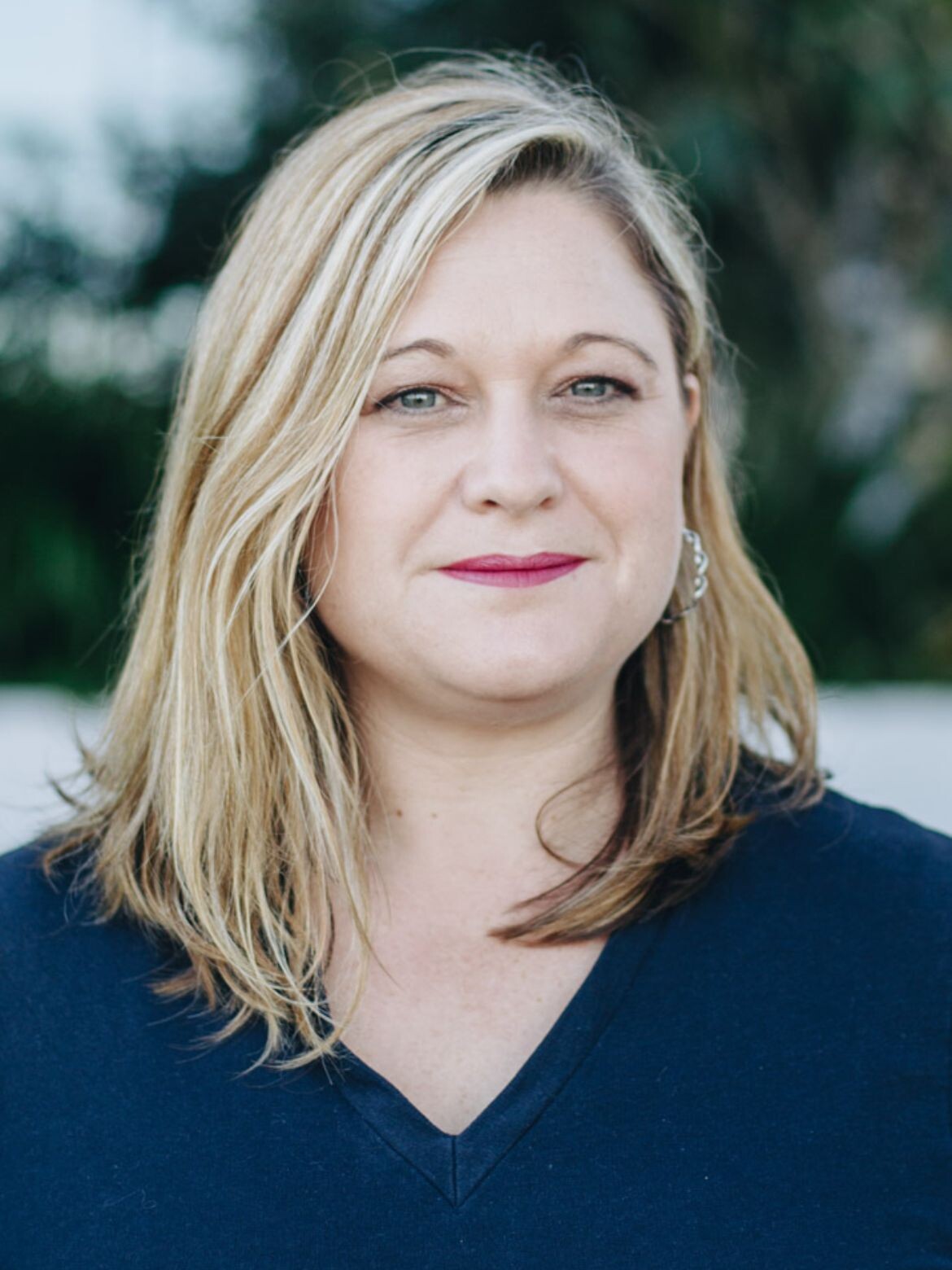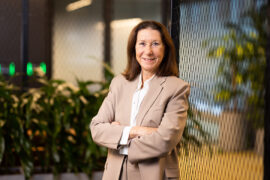While Sydney’s VIVID celebration is typically associated with stunning visuals and light shows, it is also a place to ponder the futures of the harbour city.

June 22nd, 2023
Two VIVID Collectivity Talks sessions in particular, ‘Shaping Sustainable Sydney’ and ‘What Is Naturally Urban?’ sought to discuss many pressing issues on what Sydney might look like down the track. The two hour-long sessions spoke about sustainability, green spaces, density levels and retrofitting existing buildings.
Shaping Sustainable Sydney was headlined by Fender Katsalidis partner Craig Baudin, Tilt Industrial Design managing director Tim Phillips, former Junglefy CEO Suzie Barnett and the UNSW Built Environment’s head of school Phillip Oldfield.
Oldfield’s stark reminder of the issues facing the existing built environment is a major talking point. Wary of the road ahead, he was quick to point out the current living conditions of Australians and the efficiency of their homes.
“I think we’ve all been pretty optimistic here. I feel it’s my duty to be a bit cynical,” he laughs. “Our building regulations are probably ten years behind many of the developed countries. In Europe they are now building a lot of passive houses. We have to look at things in the construction code, and at the federal level we have to look at massively upgrading our building stock over the next ten years.”

Barnett’s expertise as a landscape architect underpins her sentiments regarding the built environment. Her opinions regarding CBDs are particularly of interest, with Barnett off the belief that CBDs in their current form should be abolished entirely.
“I think we need to rethink how we blend and how we look at our cities as places from every kind of affordability price point. I don’t think we should have a CBD actually, can I say that and be controversial? Let’s just have a city where we can live, work and play.”
With that in mind, much of the discussion centred around finding an architecture of sufficiency and the immense challenge before built environment professionals to reach net zero.
Baudin ultimately believes that design is a series of choices, with accessibility and liveability the two major priorities moving forward as the harbour city sheds its current skin: “Design is about choices — we need to make better choices,” he says.
“I would like to see that our cities can evolve into these sustainable, walkable communities where we have density and mixed-use and we create these more compact components of the city. Because we’re always going to be living in big cities.”
The retrofitting and extension of existing buildings and the need to reduce embodied carbon was riffed upon heavily throughout the discussion. Fender Katsalidis’ design for Brisbane’s Midtown Centre has won plenty of accolades, but it provides a template on how existing buildings should be altered to reduce emissions and make the most of current stock.
“I think there’s all this capacity in our cities waiting to be unlocked in terms of developing existing built forms. Whereas if you just demolish everything you’re wasting all of that expenditure,” explains Baudin.
Discussions regarding the housing crisis and build-to-rent were had, with the panel of the belief that the great Australian dream of owning a house and land was very much on its knees. “I think though the barrier is gonna be us and I think that this concept that we must own rather than lifelong renting, which I think is already accepted in places like Europe and North America.”
‘What Is Naturally Urban?’ Featured City of Sydney councillor HY William Chan, Newtown Neighbourhood Centre and TEDxSydney board member Jess Miller and Kylie Legge, CEO of Place Score.
Related: Housing density with SJB’s Adam Haddow

The well-credentialed trio tackled a number of issues regarding the future outlook of Sydney’s urban areas. Miller sees the creation of Bradfield, Sydney’s third CBD, as an exciting prospect, but has one wish for its future.
“If I could change one thing with a magic wand, I would make sure that those responsible for decisions regarding the city and housing are made to live there,” she says. “It would change everything. Western Sydney is spoken about as a growth area, but would you live there? People in Bondi should not be telling people in Liverpool what is good.”
A current elected official, Chan is of the belief that livability scores for suburbs should be commonplace on the likes of Domain and Real Estate. He says that the City of Sydney’s planning strategies are defined by innovative technologies, which enable for the planting of trees suitable to handle the rigours of Sydney’s future climate.
“This strategy really looks at how the decisions we make today will affect 2050. The trees that we’re planting now, in terms of our green strategy, aim to ensure 40 percent green cover by 2050. We need to start that work now.
“What we worked out is by 2050, the landscape of Sydney in terms of climate will actually look more like Griffith in country NSW. It will be hotter, and the kind of trees we have in Sydney won’t survive in 2050,” says Chan.
Kylie Legge says that her company’s livability surveys indicate that sustainability and environmental protection are priority one for younger generations regarding the future of our cities. She says density is the key to outstanding design outcomes in urban neighbourhoods.
“If we didn’t want to use all that land to pretend that the city wasn’t the country, we’d actually be in a better state and we would have a solution that involved more density and uses less land. But we have a belief that we have to have it all, and I’m not sure that that is achievable, or even sustainable.
“You can do density, it is fundamentally sustainable. It’s important to do density well, strike a balance between human and natural systems.”
The insights provided by the built environment professionals that spoke at the sessions indicate that while there is cause for optimism, much planning and work is to be done in order for Sydney, and all of our other cities, to be resilient, liveable ones well into the coming decades.
Vivid Ideas Exchange
vividsydney.com
Photography
Commbank, Filipe Castilhos
We think you might also like this story on housing density with Austin Maynard Architects.
INDESIGN is on instagram
Follow @indesignlive
A searchable and comprehensive guide for specifying leading products and their suppliers
Keep up to date with the latest and greatest from our industry BFF's!

Merging two hotel identities in one landmark development, Hotel Indigo and Holiday Inn Little Collins capture the spirit of Melbourne through Buchan’s narrative-driven design – elevated by GROHE’s signature craftsmanship.

For a closer look behind the creative process, watch this video interview with Sebastian Nash, where he explores the making of King Living’s textile range – from fibre choices to design intent.

We republish an article in memory of the late architect by UTS, whose Dr Chau Chak Wing Building was Gehry’s first built project in Australia. The internationally revered architect passed away on 5th December.

A calm, gallery-like boutique by Brahman Perera for One Point Seven Four brings contemporary luxury and craft to Strand Arcade.
The internet never sleeps! Here's the stuff you might have missed

Merging two hotel identities in one landmark development, Hotel Indigo and Holiday Inn Little Collins capture the spirit of Melbourne through Buchan’s narrative-driven design – elevated by GROHE’s signature craftsmanship.

Across four decades, Leone Lorrimer LFRAIA GAICD reshaped Australian architecture through strategic vision, global influence and fearless leadership.